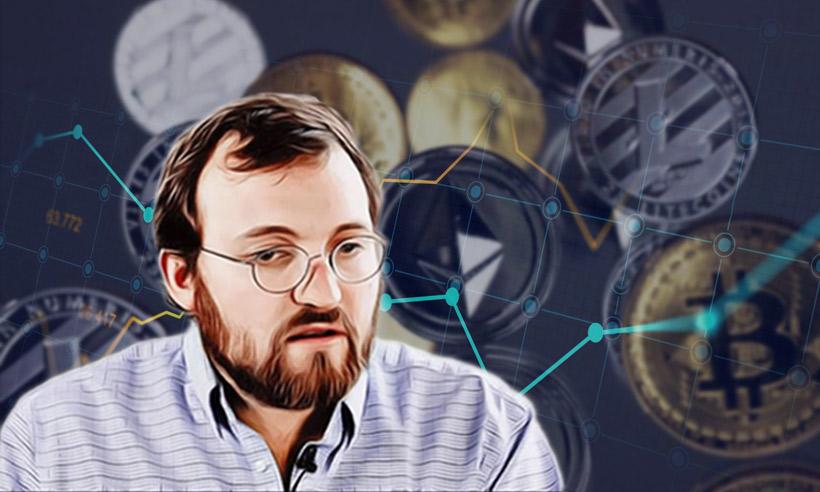Jun 6, 2022
by Ify Egede
Biologists are Now Doing NFTs: Charles Hoskinson
.
Disclaimer: The views and opinions expressed in this article are for informational purposes only and do not constitute financial, investment, or other advice. Investing in or trading crypto assets comes with a risk of financial loss.
Ify is an experienced and versatile writer and researcher. He has have keen interest in blockchain technology, Bitcoin, cryptocurrencies, fintech and emerging technologies. He has tons of published works both online and in the print media. He has close to a decade of writing experience. When he is not writing, he spends time with his lovely wife and kids.
